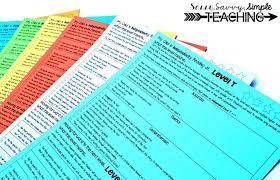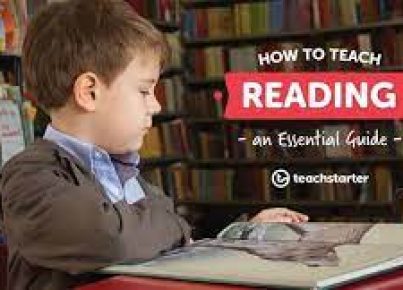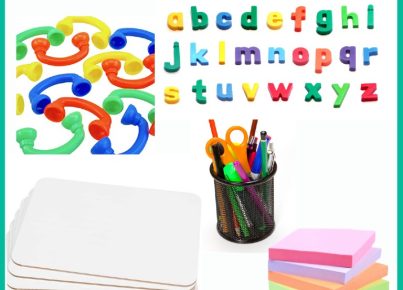Introduction
Understanding reading levels is a crucial aspect of fostering literacy skills in children, as well as helping them to enjoy and access age-appropriate texts. Reading levels are designed to help gauge a child’s proficiency in a variety of language and comprehension skills, providing educators and parents with valuable insights into their pupils’ or children’s abilities. In this guide, we will explore the importance of reading levels, clarify various systems used to measure them, and provide some tips on how both parents and teachers can support students’ progress.
The Importance of Reading Levels
Reading levels play a vital role in enhancing a child’s reading skills by identifying their strengths and areas that require improvement. By determining the appropriate reading level for a student, we can ensure that they have access to materials that challenge them appropriately while still allowing for growth. Moreover, maintaining an awareness of a child’s reading level facilitates choosing books that keep the readers engaged without causing frustration or boredom.
Various Systems to Measure Reading Levels
There are several leading frameworks widely adopted by educators for assessing children’s reading levels:
1. Lexile Framework: This system is based on two components – the Lexile Reader Measure and the Lexile Text Measure. The former evaluates the child’s reading ability, while the latter assesses text complexity. By comparing these two measures, one can find an optimal text selection for the reader.
2. Fountas & Pinnell (F&P) Guided Reading Level: Developed by literacy experts Irene Fountas and Gay Su Pinnell, this system works on an A-Z scale, where A represents the lowest level for beginners and Z represents higher proficiency levels. It caters to both fiction and non-fiction texts, promoting independent reading.
3. Developmental Reading Assessment (DRA): This comprehensive evaluation comprises a series of tests that measure students’ decoding abilities, fluency, vocabulary skills, and comprehension. The results correspond to a specific DRA level, which informs instruction and text selections.
Tips for Parents and Teachers to Support Reading Progress
1. Choose appropriate texts: Ensure that children are consistently supplied with age-appropriate books, content, and material that challenges them without overwhelming them.
2. Foster a reading culture: Encourage children’s love for reading by creating environments with access to engaging texts, demonstrating enthusiasm for books, and providing opportunities for exploration.
3. Group instruction: Teachers can use guided reading activities that focus on small groups of students at similar reading levels, providing tailored support and resources.
4. Regular assessment: Continually monitor students’ reading abilities through informal assessments (e.g., observations) or formal evaluation tools such as the Lexile Framework, F&P Guided Reading Level, or Developmental Reading Assessment.
5. Communicate collaboratively: Parents and teachers should work together to share insights regarding a child’s strengths or difficulties in the reading process.
Conclusion
Understanding reading levels is an essential tool for parents and educators seeking to support the literacy development of children. Familiarizing oneself with the various systems of measuring reading levels will provide a more comprehensive understanding of a student’s progress while guiding teaching methods. With proper attention, guidance, and resources, we can confidently help our students develop their literacy skills while nurturing their love for reading.





